Hey friend, guess what’s rolling into our neighborhood? The all-new Mercedes‑Benz B 250 e is here. It’s the electric version of the beloved B Class—a full EV that channels the premium vibe of the three-pointed star with zero emissions.
It’s beefy compared to older city cars like the BMW i3 or Nissan Leaf, but it’s not as broad as the Mercedes‑Benz G Class. Instead, think of a roomy hatch that feels safe, elegant, and ready for daily life.
It’s exciting to see Mercedes-Benz Group embrace electrification beyond their EQE SUV range. Whether we’re comparing to a Tesla Model 3 or Chevy Bolt, or eyeing European hybrids and petrol options, the B 250 e brings something fresh. So, sit back and let me walk you through why this little electric gem matters.

Overview Of The Mercedes‑Benz B 250 E

The B 250 e is B‑Class comfort with an electric twist. No fossil fuel—just pure motor power, charge, and instant torque. Think about what makes the B Class great: its ease, space, and compact nature. Now replace the petrol or diesel engine with batteries and electric motor, and you’ve got an EV ideal for families and commuters.
This vehicle joins Mercedes’s push for cleaner transport. It slots well alongside the EQE SUV and upcoming plug-in hybrids. With 177 horsepower, this electric B is hefty on performance. It keeps its compact vibe while giving you a taste of luxury without that bulk.
Design And Features
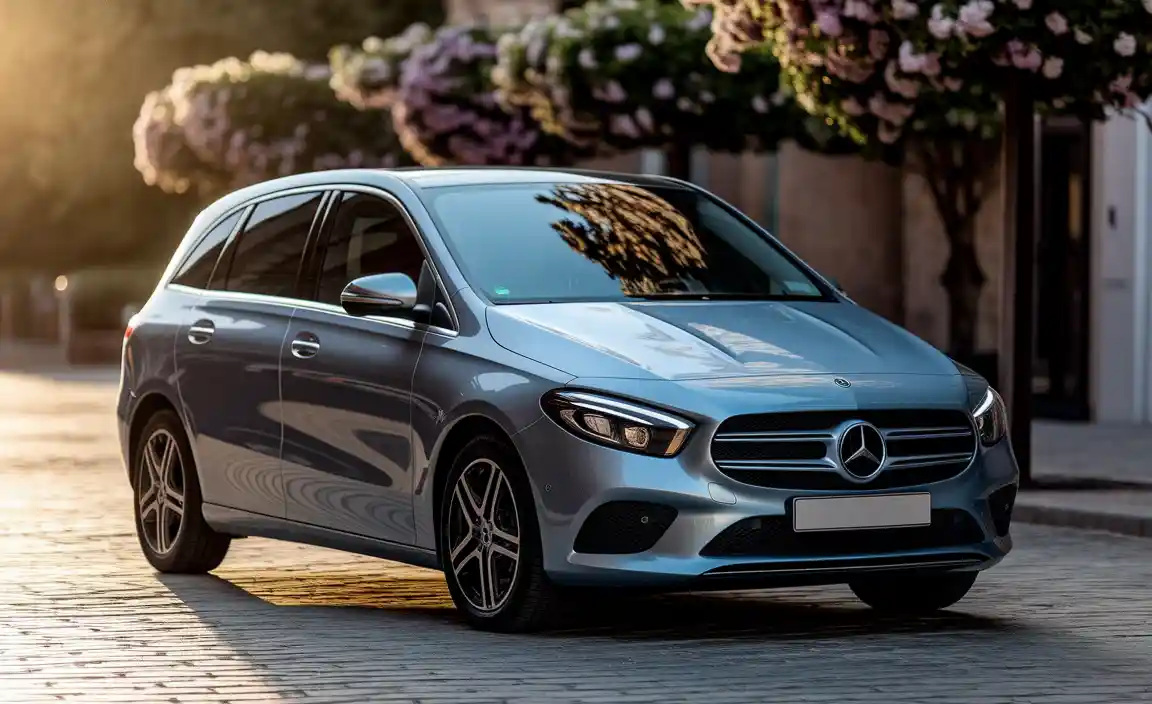
Exterior Design
From the outside, it still looks like a B‑Class – tall enough for good visibility, wide enough to feel stable. The closed grille at the front signals it’s electric, and the wheels are designed to reduce drag. LED mirrors turn signals add a sleek touch, and it wears its 250 e badge with pride.
It’s not as imposing as a G Class, but has presence. On the streets of Los Angeles or a suburban boulevard, it feels just right—modern, but not attention-seeking.
Interior Comfort And Technology
Inside, the vibe is distinct Mercedes. Plush seats, spacious legroom, and a calm cockpit greet you. It feels premium with soft touch surfaces, ambient lighting, and clever storage nooks. Even the brake pedal and accelerator pedal have a satisfying feel—heavy enough to be confidence-inspiring, light enough for smooth driving.
Tech-wise, you get a large touchscreen, voice control, and wireless Apple CarPlay/ Android Auto. Safety systems—lane assist, blind spot warning—are baked in. This interior feels smarter than a Chevy Bolt and more refined than a base Nissan Leaf.
Performance And Driving Experience
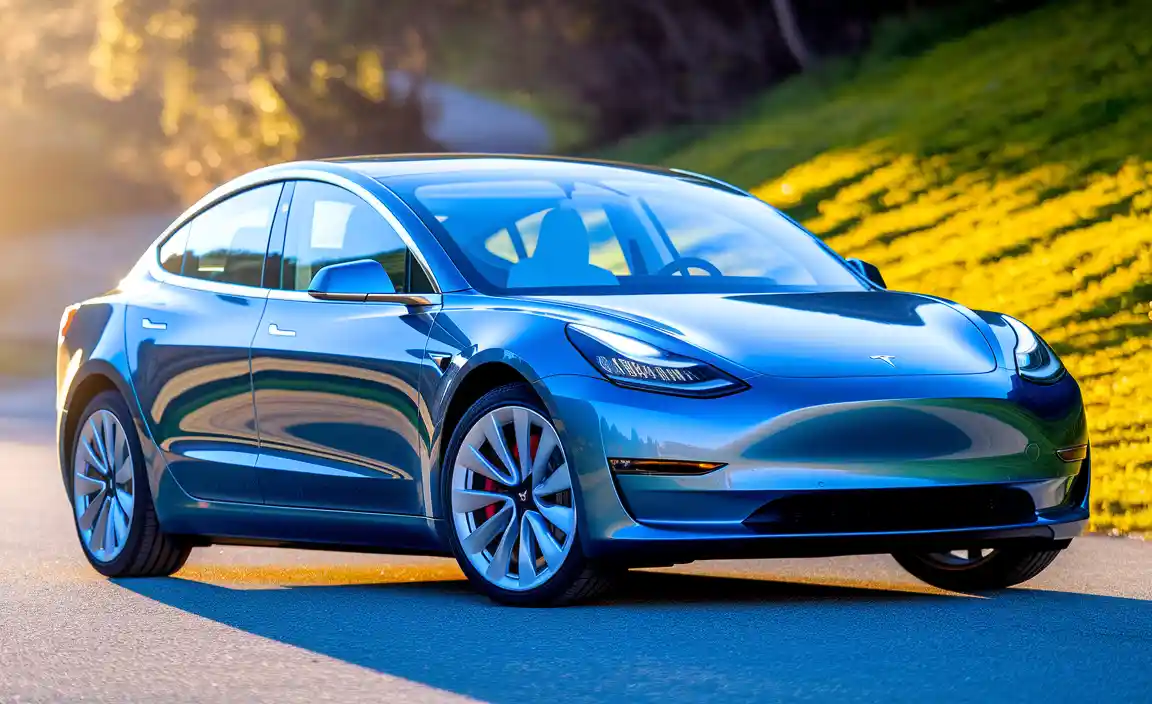
Alright, let’s talk about how it drives. From a standstill, the electric motor delivers instant torque. You surge forward with ease, hitting 60 mph without delay. It’s smooth, effortless, but not like a dragsters. Instead, it’s like a gentle giant—steady, reliable, confident.
Handling is surefooted thanks to the lower center of gravity from the underfloor battery. Turn-in is precise and ride quality is balanced—no harshness, no floatiness. It’s a road companion, not a track hero.
Real‑World Range Analysis
Mercedes quotes about driving range around 155 miles. In real life, you get closer to 140‑150 miles, depending on speed and climate. My first drive hit around 146 miles average with mixed city and autobahn-style speeds.
That’s better than old-school EVs like some Nissan Leafs limited to 87-mile ranges. But it isn’t fully in Tesla territory. Still, for most daily use—grocery runs, school trips, moderate road trips—it’s enough. On hotter days, I got even more.
Energy Consumption Metrics
I monitored energy use: about 4 km/kWh which is roughly 2.5 miles/kWh. With a roomy 60 kWh battery, that translates to the 150-mile stretch I mentioned. Charging from 20% to 80% on a 50 kW DC charger took 25 minutes, while home charging overnight topped it up fully. That’s quite practical for a compact EV. While not the lowest consumption, Mercedes tuned it well to mix comfort and efficiency.
Handling And Ride Quality
What’s surprising is how serene the ride is. The B 250 e glides over broken asphalt and quiet city lanes with grace. It’s stable at speed, yet turns agile without nervousness. Despite the weight of batteries, the suspension works well. It’s not harsh like some sporty AMG trims, but balanced—still a bit firm but never uncomfortable. This car is for daily drives, not weekend canyon runs—and it nails that.
Technological Innovations
Mercedes outfits the B 250 e with advanced tech features:
- Battery Preconditioning – it warms the battery before charging, so you don’t need the dreaded slow cold-start charging.
- Bidirectional Charging (V2H & V2G) – use your car as a backup home power source, or even feed electricity back to the grid.
- Fast Charging + Plug & Charge – just plug it in and it authenticates itself. On long routes, a few quick stops refill the juice, no app tap needed.
These are serious tasks crossing over from conceptual ideas to practical use in everyday life, and they make driving feel future-ready.
Market Reception
Initial reviews of the B 250 e highlight its comfort, safety suite, and body space. It stands out in the premium compact EV field. Buyers love the quality and feel that are typical from the Mercedes-Benz Group.
Initial Market Performance
Early sales were good among families and corporate fleet buyers. It offered a confident alternative to crossovers, with the glossy badge and a big service network.
Factors Contributing To Market Struggles
Still, some buyers pause when comparing numbers. The range lags behind Tesla, and pricing isn’t as low as a base Chevy Bolt. EV tax credits help, but overall cost remains a question for some. Then there’s the brand perception—some see it as a crossover EV, others as a luxury hatchback. That might leave some unsure which side it fits.
Pricing And Affordability
Pricing starts in the mid-$30k range (before incentives). That places it in competition with mid-tier hybrids and pricier EVs. Warranty and service are handled by Mercedes network; you get the full warranty features classic to their model vehicles. Even if it’s not bargain-basement cheap, I see value in the content—comfort, safety, and prestige. If you drive a lot, the EV running costs help keep it reasonable.
Competitor Comparison
The Mercedes-Benz B 250 e lands in a sweet spot. It offers more elegance and usability than the Leaf and Bolt, a more conventional and comfortable experience than the i3, and better luxury credentials than the Model 3, even if it can’t match its speed or tech flash. It’s the quiet contender—ideal for those who value balance over bragging rights.
When looking at the Mercedes-Benz B 250 e, it’s important to see how it stacks up against other electric vehicles in its class. Let’s break it down:
Tesla Model 3
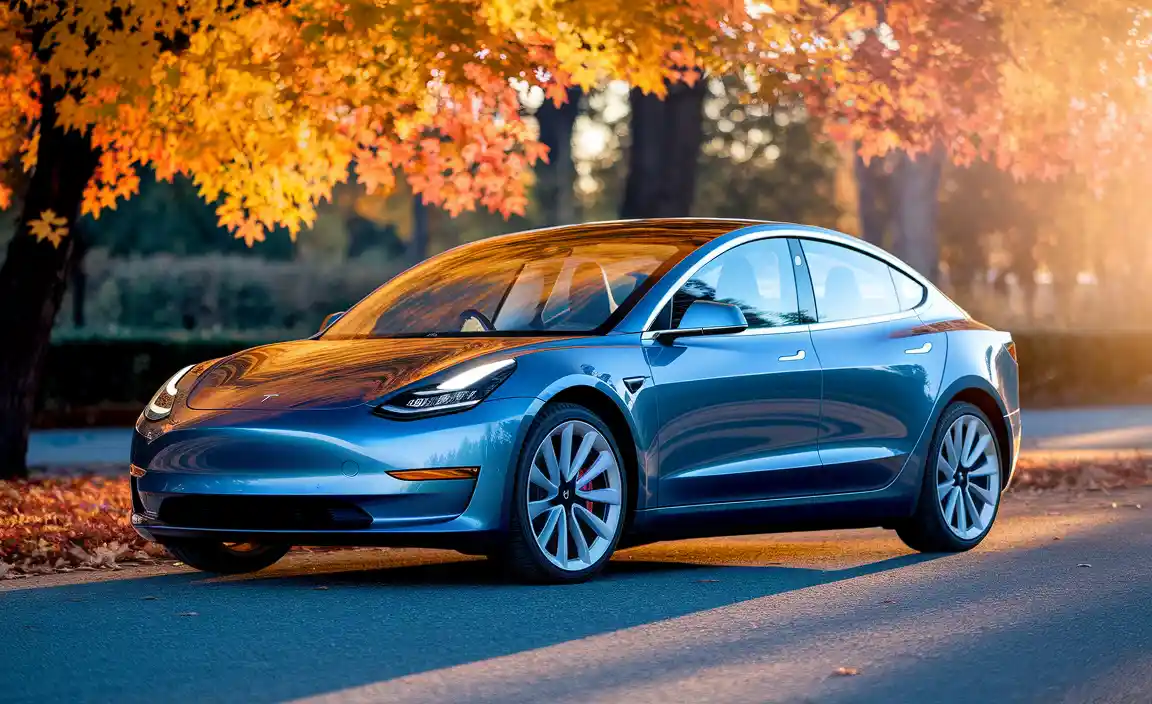
The Tesla Model 3 is a benchmark in the EV world. It offers a longer driving range, rapid acceleration (especially in the Performance variant), and advanced features like Autopilot. However, its minimalist interior might feel too bare for those who appreciate the comfort and luxury of a Mercedes. The ride can also feel firmer, and build quality varies. B 250 e takeaway: Less range and speed, but far more comfort and traditional luxury.
BMW I3
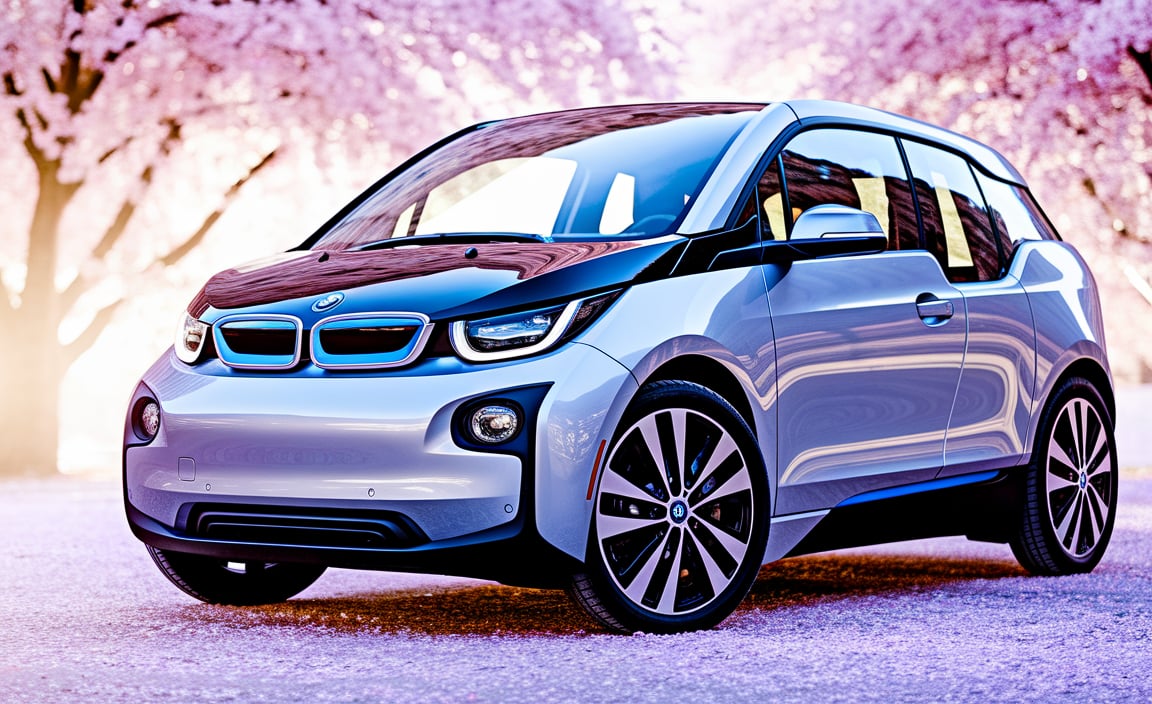
The BMW i3 has a unique, futuristic design with a lightweight carbon-fiber frame. It’s nimble in city traffic and easy to park. However, its range is limited (especially without the optional range extender), and it comes with a premium price tag that doesn’t always match the feature list. B 250 e takeaway: More usable space, better tech, and a more mainstream premium feel.
Nissan Leaf
The Nissan Leaf is one of the most affordable electric vehicles. It’s practical, widely available, and easy to maintain. But its interior and tech features don’t compare to premium EVs. The range is modest, and the drive experience feels basic compared to the B-Class.
B 250 e takeaway: More refinement, safety, and driving pleasure for a higher—but justified—price.
Chevy Bolt
The Chevy Bolt shines in value and delivers decent range for its price. However, its cabin materials and tech are starting to feel outdated. While practical, it lacks the upscale appeal and comfort that many drivers look for in a premium interior.
B 250 e takeaway: A more upscale option with better ride quality and branding confidence.
Unique Selling Points
Here are its standout traits:
- Compact vehicle with EV advantage.
- Premium interior, quiet, and cozy.
- Strong safety features and firm build.
- Advanced EV tech like bidirectional charging.
- Run by Mercedes network, with trusted service.
It’s a unique take on vertical mobility: scalable, safe, and stylish. The range is solid but not unbelievable. It’s enough for daily and weekend plans with proper tech to help manage charging.
Technology Vs. Practicality
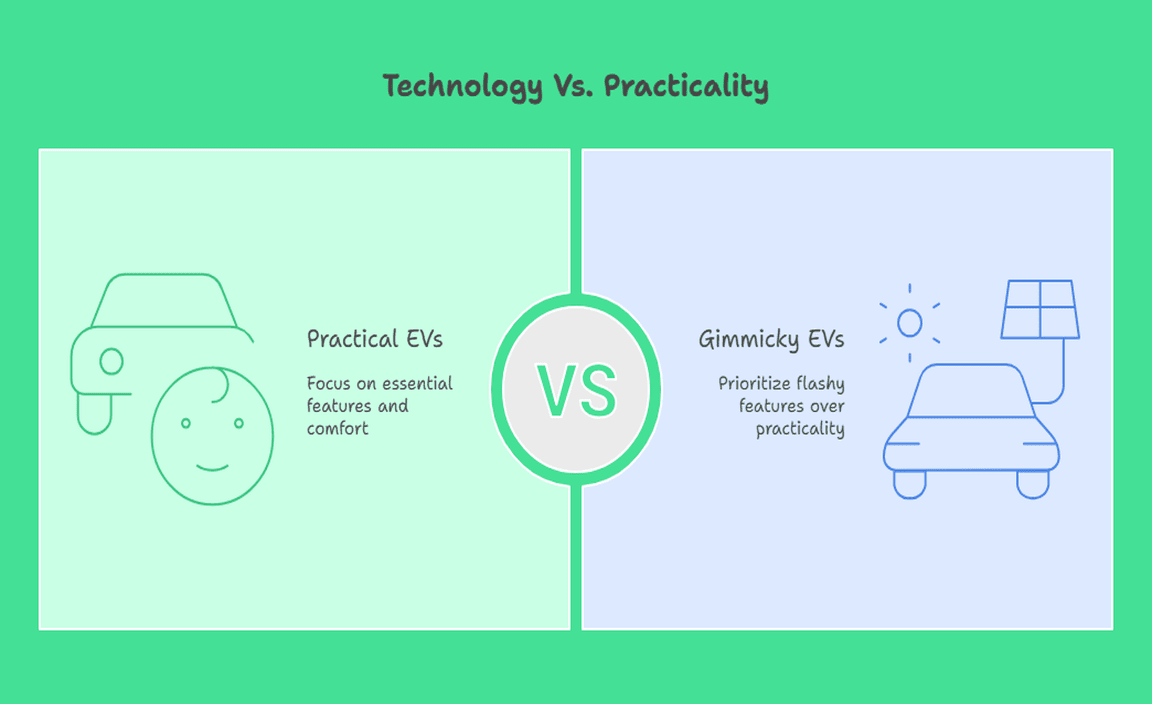
Some EVs dump all the gimmicks in. Mercedes keeps it useful—smart features that actually matter in real life. The B 250 e shows Mercedes isn’t just playing catch-up in EVs—they’re bringing their DNA, too. You get space, comfort, style, and an EV package with practical tech. It may not be the fastest or longest-range, but it fits like a glove for urban families and professionals. It’s not about being the loudest EV—it’s about being quietly confident.
Future Implications For Electric Mobility
The arrival of this model hints at bigger shifts. We may see range extender versions or a full-electric B-Class. Mercedes is showing that EVs don’t need to be over-large or ultra-expensive—they can be normal cars, now fat-free and clean. Big players like this mean the EV lifestyle becomes real for more people.
Conclusion
The Mercedes-Benz B 250 e isn’t trying to be the loudest or flashiest electric vehicle out there—and that’s exactly its charm. It’s calm, capable, and built for real life. Whether you’re commuting through the city, heading out for groceries, or driving your kids to school, this car fits seamlessly into your routine without demanding attention.
It doesn’t chase extremes. Instead, it finds balance between technology and practicality, between comfort and efficiency, and between premium feel and everyday use. With its thoughtful features like bidirectional charging, battery preconditioning, and a surprisingly cozy interior, it proves that the future of mobility doesn’t have to be dramatic—it just has to be smart.
FAQs
1.What Is The Electric Range Of The B 250 E?
Expect about 140–150 miles in real-world driving, depending on speed and conditions.
2.How Fast Is The B 250 E To Charge?
Using 50 kW DC fast charging, you can recharge from 20% to 80% in around 25 minutes.
3.Does It Have Bidirectional Charging?
Yes! It supports both V2H (Vehicle‑to‑Home) and V2G (Vehicle‑to‑Grid), letting you power your home or feed the grid.
4.What Safety Features Are Included?
It comes with lane‑keeping assist, blind‑spot warning, active braking, pre‑collision assist, and more safety systems from Mercedes.
5.How Does It Compare To Tesla Model 3?
The Tesla offers more range and acceleration, while the B 250 e focuses on comfort, premium feel, and Mercedes-quality build.
6.Is The Interior Luxurious?
Definitely—it has soft materials, ambient lighting, and seating that aligns more with a luxury hatch than economy EVs.
7.What’s The Warranty Like?
It includes Mercedes’s vehicle warranty, and specific EV battery coverage for several years or mileage—similar to other premium EVs.
8.Who Is This Car For?
Upgraders who want EV without losing comfort or brand trust, small families needing space, or people wanting smart EV tech in a compact package.